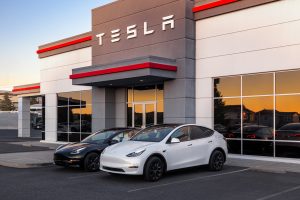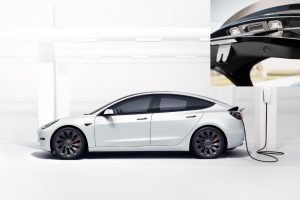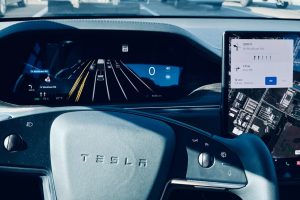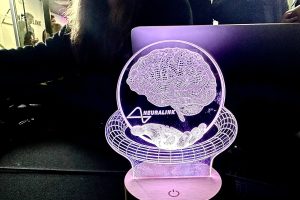Tesla’s Autopilot remains polarizing for many, but there is no doubt that the driver-assist system had saved numerous lives since its introduction back in 2016. As it turned out, the release of Autopilot back then was the result of a massive effort on the company’s part, following a tragedy involving a Tesla driver and a cyclist.
During one of his recent interactions on Twitter, Musk responded to a post from Tesla supporter @truth_tesla, who shared a video of a Model S in Norway whose driver had passed out. Thankfully, the vehicle was on Autopilot, which meant that the Model S was able to slow down and stop safely before engaging its hazards and alerting other drivers on the road. No one was harmed in the incident.
The CEO then shared some details about Autopilot’s initial development. According to Musk, Tesla actually “hustled so much” to get the “V1” iteration of Autopilot released to consumers. This was because a driver had fallen asleep behind the wheel of a non-Autopilot Tesla and crashed into a cyclist. The Tesla driver was uninjured, but the cyclist tragically passed away.
Interestingly enough, Musk stated that the driver who struck the cyclist actually sued Tesla after the tragedy, claiming that his vehicle’s “new car smell” caused him to fall asleep. The judge fortunately did not agree, and the driver’s legal action proved unsuccessful. Since then, Autopilot has followed a steady stream of improvements that continues until today.
Considering that Autopilot’s rollout was partly influenced by a tragic incident on the road, it is no wonder why both Tesla and Elon Musk have stood by the notion that Autopilot is, at its core, a safety system. It may be a driver-assist suite that could make driving a lot easier and more convenient, but Autopilot is ultimately built to handle tasks that human drivers may find tedious or tiring. And with the progress of the FSD Beta, Tesla seems to be taking some solid steps towards the rollout of a system that can drive without human input altogether.
This notion is something that Tesla highlights in its vehicle safety reports. In Q1 2021, for example, Tesla registered one accident for every 4.19 million miles driven in which drivers had Autopilot engaged. This favorably compares to the NHTSA’s most recent data, which indicates that there is an automobile crash every 484,000 miles driven in the United States.





